С наступлением зимних месяцев может появиться явление, известное как сезонное аффективное расстройство (САР), отбрасывающее тень на психическое благополучие. Эта форма депрессии, часто вызванная снижением воздействия солнечного света, проявляется циклично, особенно осенью и зимой. Последствия САР выходят за рамки обычной зимней хандры, влияя на настроение, уровень энергии и общее качество жизни человека. В этом подробном руководстве мы погружаемся в область светотерапии при САР — научно обоснованного метода, который использует силу яркого света для облегчения симптомов и восстановления баланса циркадных ритмов организма. Присоединяйтесь к нам, чтобы осветить путь к лучшему пониманию и эффективному управлению сезонным аффективным расстройством с помощью преобразующей силы светотерапии.
Понимание сезонного аффективного расстройства (САР)
Сезонное аффективное расстройство (САР) является подтипом большого депрессивного расстройства, характеризующимся повторяющимися эпизодами депрессии, которые возникают в определённые сезоны, чаще всего осенью и зимой. Основной признак САР — его сезонность, при которой симптомы ослабевают весной и летом. Распространённые симптомы включают постоянное чувство грусти, низкий уровень энергии, трудности с концентрацией, изменения в режиме сна и заметное снижение интереса или удовольствия от занятий. Хотя точная причина САР полностью не изучена, её обычно связывают с уменьшением воздействия естественного солнечного света в тёмные месяцы, что приводит к нарушениям циркадных ритмов организма и регуляции нейротрансмиттеров, особенно серотонина и мелатонина.

Цикличный характер САД указывает на сложное взаимодействие между факторами окружающей среды, генетической предрасположенностью и индивидуальной уязвимостью. Это состояние может значительно влиять на повседневное функционирование и качество жизни, подчеркивая важность распознавания его отличительных характеристик и поиска эффективных методов лечения. По мере изучения глубин САД становится очевидно, что всестороннее понимание этого расстройства необходимо для разработки целенаправленных подходов, таких как светотерапия, чтобы смягчить его последствия и обеспечить облегчение тем, кто сталкивается с трудностями сезонных колебаний настроения.
Ключевые факты о САД и почему светотерапия помогает
Сезонное аффективное расстройство (САР) затрагивает более 10 миллионов человек ежегодно, особенно в северных регионах с меньшим количеством зимнего солнечного света
Общие симптомы включают низкий уровень энергии, чрезмерный сон, перепады настроения и потерю мотивации
Это вызывается нарушением циркадных ритмов и снижением уровня серотонина из-за недостатка света
Утренняя светотерапия клинически доказана как способная облегчить симптомы у до 80% пользователей
Постоянное использование сертифицированного светового прибора может восстановить гормональный баланс, улучшить настроение и способствовать лучшему сну в темные месяцы
Терапия SAD и светом
Сезонное аффективное расстройство (САР) и светотерапия образуют симбиотические отношения, которые предлагают луч надежды для людей, борющихся с сезонной хандрой. Светотерапия, также известная как фототерапия, включает воздействие яркого источника света, имитирующего естественный солнечный свет, которого не хватает в осенние и зимние месяцы. Это лечение основано на понимании того, что недостаток солнечного света может нарушать циркадные ритмы и приводить к дисбалансу нейротрансмиттеров и гормонов, способствуя развитию сезонного аффективного расстройства (САР). Сеансы светотерапии обычно включают сидение рядом с световой коробкой в течение предписанного времени, обычно утром, что позволяет получить оптимальную дозу яркого света, сигнализирующего организму о необходимости регулировать внутренние биологические часы.

Терапевтические эффекты светотерапии тесно связаны с её способностью влиять на нейротрансмиттеры и гормоны, важные для регулирования настроения. Воздействие яркого света стимулирует выработку серотонина, нейротрансмиттера, связанного с ощущением благополучия и счастья, одновременно подавляя выделение мелатонина, гормона, отвечающего за сон и регулирование цикла сна и бодрствования. Это тонкое взаимодействие помогает синхронизировать циркадные ритмы, способствуя более стабильному настроению и улучшению общего психического здоровья. По мере того как мы раскрываем физиологические тонкости светотерапии, становится ясно, что это вмешательство предлагает целостный и научно обоснованный подход к управлению цикличной природой сезонного аффективного расстройства, предоставляя ценный инструмент для тех, кто ищет облегчение от сезонных нарушений настроения.
Как развивается сезонное аффективное расстройство и на кого оно влияет
Сезонное аффективное расстройство (САР) развивается как прямая реакция на изменяющуюся доступность естественного солнечного света, особенно в осенние и зимние месяцы, когда дни становятся короче и темнее. Недостаток достаточного дневного света нарушает внутренние часы организма — циркадный ритм — который контролирует выработку гормонов, циклы сна и бодрствования, а также регулирование настроения.
По мере уменьшения воздействия дневного света уровень мелатонина часто повышается (вызывая чрезмерную сонливость), в то время как уровень серотонина падает (что приводит к плохому настроению и отсутствию мотивации). Этот биохимический дисбаланс способствует характерным симптомам САД: усталости, подавленному настроению, избыточному сну, тяге к углеводам и социальной изоляции.
Сезонное аффективное расстройство наиболее часто встречается у взрослых в возрасте от 18 и 55 , с женщины затрагивает почти в четыре раза чаще, чем мужчин. Люди, живущие в северные широты или регионы с длинными, тёмными зимами особенно уязвимы. Генетика, предшествующие расстройства настроения и чувствительность к изменениям освещения также могут повышать восприимчивость. Для многих САР — это не просто зимнее снижение настроения, а повторяющееся, изнурительное состояние, которое влияет на работу, отношения и качество жизни.
Научные основы светотерапии при сезонном аффективном расстройстве
Светотерапия работает, воспроизводя интенсивность и время естественный утренний солнечный свет , что необходимо для синхронизации биологических ритмов организма. Когда вы сидите рядом с ярким источником света — желательно излучающим 10 000 люкс — он посылает сигнал в мозг, что сейчас день, даже если на улице еще темно. Это воздействие подавляет мелатонин , гормон, способствующий сну, и стимулирует серотонин , что улучшает настроение и бодрость.
Это взаимодействие помогает сбросить циркадный ритм, который часто задерживается или нарушается зимой. В результате люди, которые регулярно используют светотерапию (желательно каждое утро по 20–30 минут), сообщают снижение утомляемости , улучшенная концентрация , и заметное улучшение симптомов депрессии .
Многочисленные клинические исследования показали, что светотерапия так же эффективна, как антидепрессанты при легкой и умеренной сезонной депрессии (SAD), но без побочных эффектов. Это безопасный, естественный и неинвазивный способ восстановить баланс ключевых нейротрансмиттеров, регулировать цикл сна и бодрствования и вернуть эмоциональное благополучие.
Как использовать светотерапию
Включение светотерапии в повседневную жизнь требует тщательного подхода для обеспечения её эффективности. Для тех, кто использует портативную лампу для светотерапии, такую как удобная и универсальная Luminette 3, интеграция сеансов в ежедневные рутинные дела становится беспрепятственным процессом. Благодаря носимому дизайну, Luminette 3 позволяет получать светотерапию во время различных занятий, обеспечивая гибкость использования в утренних ритуалах, на работе или даже во время поездок. Выделение определённого времени каждый день для сеанса светотерапии помогает установить постоянный режим, усиливая терапевтические преимущества лечения. Создание комфортной и эффективной среды для светотерапии является ключом к её успеху. Размещение лампы для светотерапии на уровне глаз в непосредственной близости, обычно на расстоянии около 16–24 дюймов, обеспечивает оптимальное воздействие. Интенсивность света также имеет важное значение, и пользователи должны стремиться к световой интенсивности 10 000 люкс для достижения эффективных результатов.

Во время сеанса люди могут заниматься такими делами, как чтение, работа или просто отдых, что позволяет преимуществам светотерапии органично вписываться в их повседневную жизнь. Чтобы еще больше улучшить впечатления, рассмотрите возможность использования мягкого, рассеянного освещения в окружающей среде и корректировки продолжительности сеансов в зависимости от индивидуальных потребностей и реакции на терапию.
Светотерапия, которая адаптируется к вам
Одним из величайших преимуществ светотерапии является её способность интегрироваться в повседневную жизнь без необходимости кардинально менять образ жизни. Независимо от того, студент вы, сменный работник, занятый родитель или человек, испытывающий сезонную усталость, светотерапия предлагает гибкий, неинвазивный способ восстановить энергию, сбалансировать настроение и поддержать более глубокий сон — всё это с помощью одного из самых простых ресурсов природы: света.
Современная жизнь переместила нас в помещения. Мы просыпаемся до восхода солнца, добираемся до работы при искусственном освещении и проводим большую часть времени за экранами. Эта разобщённость с естественным дневным светом влияет не только на наше самочувствие — она влияет на работу нашего организма. Наш внутренний биологический часы, также известные как циркадный ритм, зависят от ежедневных световых сигналов для регулирования выделения ключевых гормонов, таких как мелатонин (что сигнализирует о сне) и серотонин (что помогает регулировать настроение и бодрствование). Когда эти сигналы нарушаются, мы испытываем такие симптомы, как мозговой туман, низкая мотивация, плохой сон и эмоциональный дисбаланс.
Вот где светотерапия становится преобразующим. Но не каждый может выделить время, чтобы сидеть перед традиционной терапевтической лампой по 30 минут каждое утро. Вот почему будущее светотерапии — это не только эффективность, но и адаптивность. И именно здесь на помощь приходят такие продукты, как Luminette 3 и Драйв 2-в-1 лампа для светотерапии Войдите.
Luminette 3 – носимая светотерапия, в любое время, в любом месте
Для тех, кто ищет свободу движений без ущерба для эффективности, Luminette 3 очки для светотерапии предлагает решение без использования рук, которое впишется в любой распорядок. Независимо от того, готовите ли вы завтрак, работаете за столом или идёте на утреннюю прогулку, Luminette 3 обеспечивает клинически оптимизированный белый свет с синим оттенком прямо в ваши глаза — нет необходимости прерывать свой день.
Лампа 2-в-1 Drive – стационарный стимул для настроения и сна
Если вы предпочитаете стационарную установку, то Драйв 2-в-1 лампа для светотерапии объединяет терапевтическую интенсивность и атмосферное тепло в одном элегантном дизайне. Идеально подходит для письменных столов или прикроватных тумбочек, обеспечивает эффективное освещение и гармонично вписывается в ваш дом или офис — идеально для повышения бодрости утром или компенсации недостатка дневного света зимой.
Советы по созданию комфортной и эффективной среды для светотерапии:
Оптимальное расстояние: Расположите лампу для светотерапии на уровне глаз, примерно в 16-24 дюймах от них.
Постоянный график: Установите ежедневный режим для сеансов светотерапии, желательно утром.
Подходящая интенсивность: Стремитесь к световой интенсивности 10 000 люкс для эффективных результатов.
Занимательные занятия: Используйте время сессии для таких занятий, как чтение, работа или отдых.
Окружающее освещение: Используйте мягкое, рассеянное освещение в окружающей среде.
Регулируемая продолжительность: Настраивайте продолжительность сеансов светотерапии в зависимости от индивидуальных потребностей и реакции.
Соблюдая эти рекомендации и включая светотерапию в повседневную жизнь с учетом окружающей среды, люди могут максимально использовать преимущества этого метода и эффективно справляться с симптомами, связанными с сезонным аффективным расстройством.
Заключение
В заключение, трансформирующий потенциал светотерапии в облегчении последствий сезонного аффективного расстройства (САР) выступает как маяк надежды для тех, кто сталкивается с трудностями сезонных колебаний настроения. Благодаря своей способности имитировать естественный солнечный свет и регулировать циркадные ритмы, светотерапия предлагает научно обоснованный и целостный подход к управлению цикличной природой САР. Используя портативные лампы, такие как Luminette 3, или стационарные световые коробки, интеграция светотерапии в повседневную рутину становится беспрепятственным процессом, предоставляя людям гибкость получать её терапевтические преимущества в удобное для них время. Понимая физиологические тонкости этого вмешательства, становится очевидно, что светотерапия не только освещает зимнюю хандру, но и даёт людям возможность проактивно управлять своим психическим благополучием, способствуя чувству баланса и устойчивости перед лицом сезонных вызовов.
Часто задаваемые вопросы
Сколько времени требуется, чтобы светотерапия подействовала при сезонном аффективном расстройстве (САР)?
Большинство людей начинают замечать улучшения в настроении, уровне энергии и режиме сна в течение 7–14 дней последовательной ежедневной светотерапии.
Какое время суток лучше всего подходит для использования лампы для лечения сезонного аффективного расстройства (САР)?
The утро , желательно в течение первого часа после пробуждения, является самым эффективным временем, так как помогает сбросить циркадный ритм и повысить уровень серотонина.
Безопасно ли использовать светотерапию каждый день зимой?
Да, ежедневное использование безопасно и рекомендуется для большинства людей в более тёмные месяцы, особенно при соблюдении правильных рекомендаций по продолжительности и интенсивности.
Могу ли я заниматься другими делами, используя лампу для светотерапии?
Абсолютно — вы можете читать, работать, завтракать или расслабляться во время сессии, пока ваши глаза открыты и свет правильно расположен.
Какой продукт Luminette лучше всего подходит для поддержки при сезонном аффективном расстройстве?
The Luminette 3 очки идеально подходят для гибкости и мобильности, в то время как Лампа Drive 2-в-1 идеально подходит для стационарного варианта, который безупречно вписывается в любой дом или рабочее пространство.

























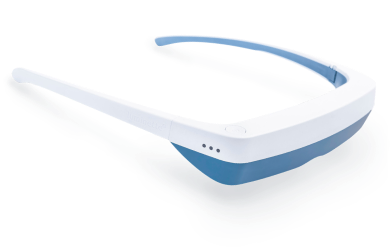
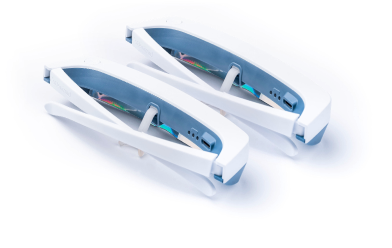
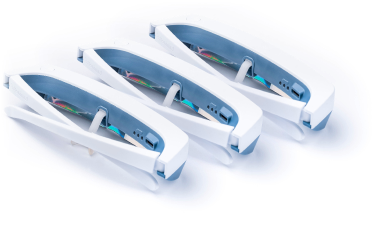
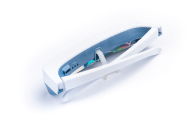
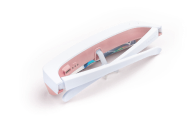
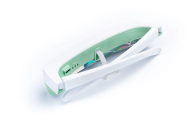

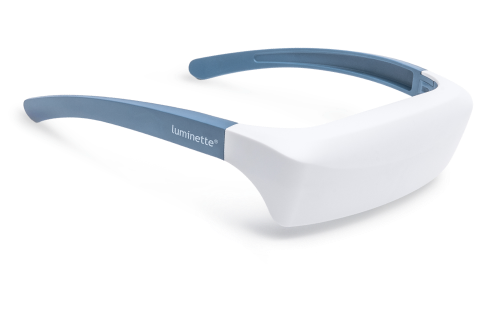
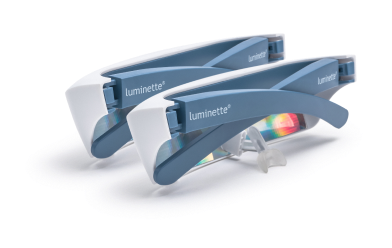





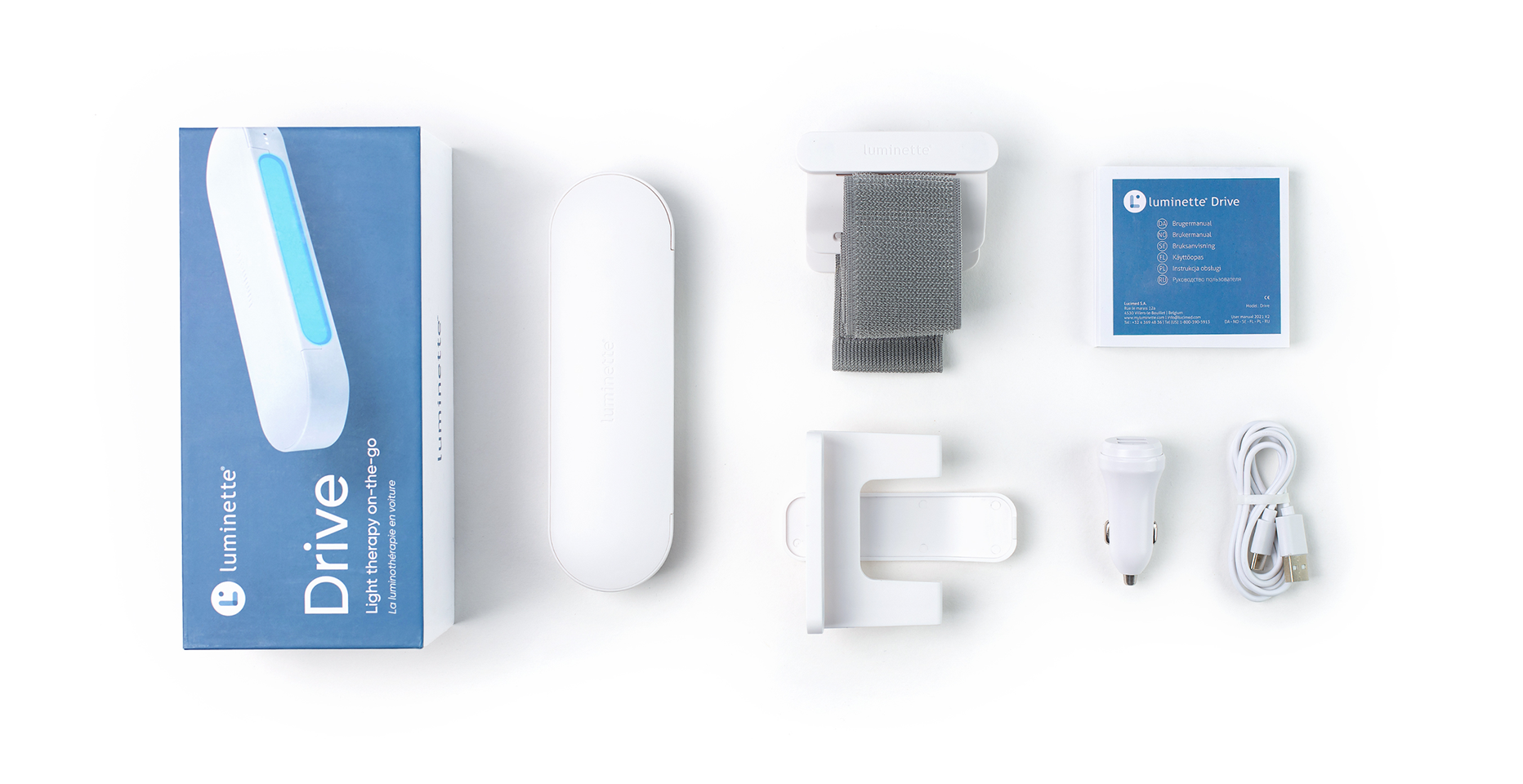

 Please note
Please note 













